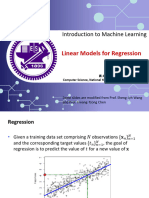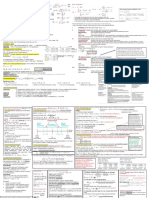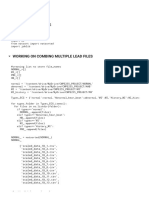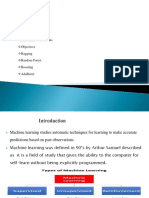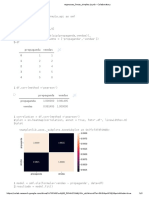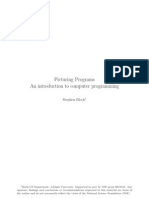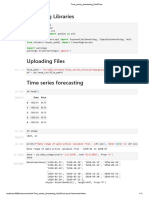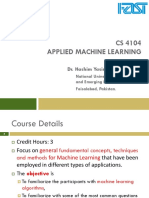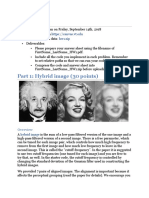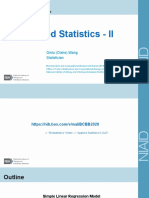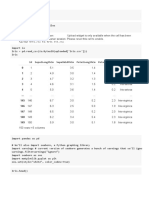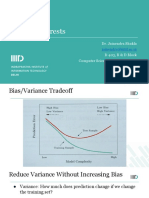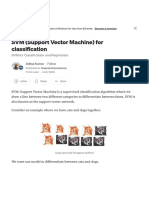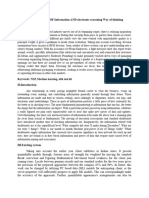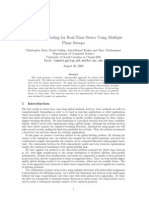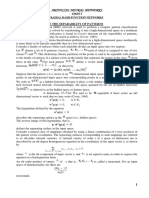100% found this document useful (1 vote)
114 views61 pagesLinear Regression Models Guide
1. This document discusses linear models for regression, including linear basis function models using polynomials and Gaussians as basis functions.
2. It also covers maximum likelihood and least squares estimation for linear regression, as well as regularized least squares and its use of Lasso regularization.
3. Bayesian linear regression is introduced, including derivation of the posterior distribution and examples of how the posterior changes as more data is observed.
Uploaded by
longfei zhangCopyright
© © All Rights Reserved
We take content rights seriously. If you suspect this is your content, claim it here.
Available Formats
Download as PPTX, PDF, TXT or read online on Scribd
100% found this document useful (1 vote)
114 views61 pagesLinear Regression Models Guide
1. This document discusses linear models for regression, including linear basis function models using polynomials and Gaussians as basis functions.
2. It also covers maximum likelihood and least squares estimation for linear regression, as well as regularized least squares and its use of Lasso regularization.
3. Bayesian linear regression is introduced, including derivation of the posterior distribution and examples of how the posterior changes as more data is observed.
Uploaded by
longfei zhangCopyright
© © All Rights Reserved
We take content rights seriously. If you suspect this is your content, claim it here.
Available Formats
Download as PPTX, PDF, TXT or read online on Scribd
/ 61
